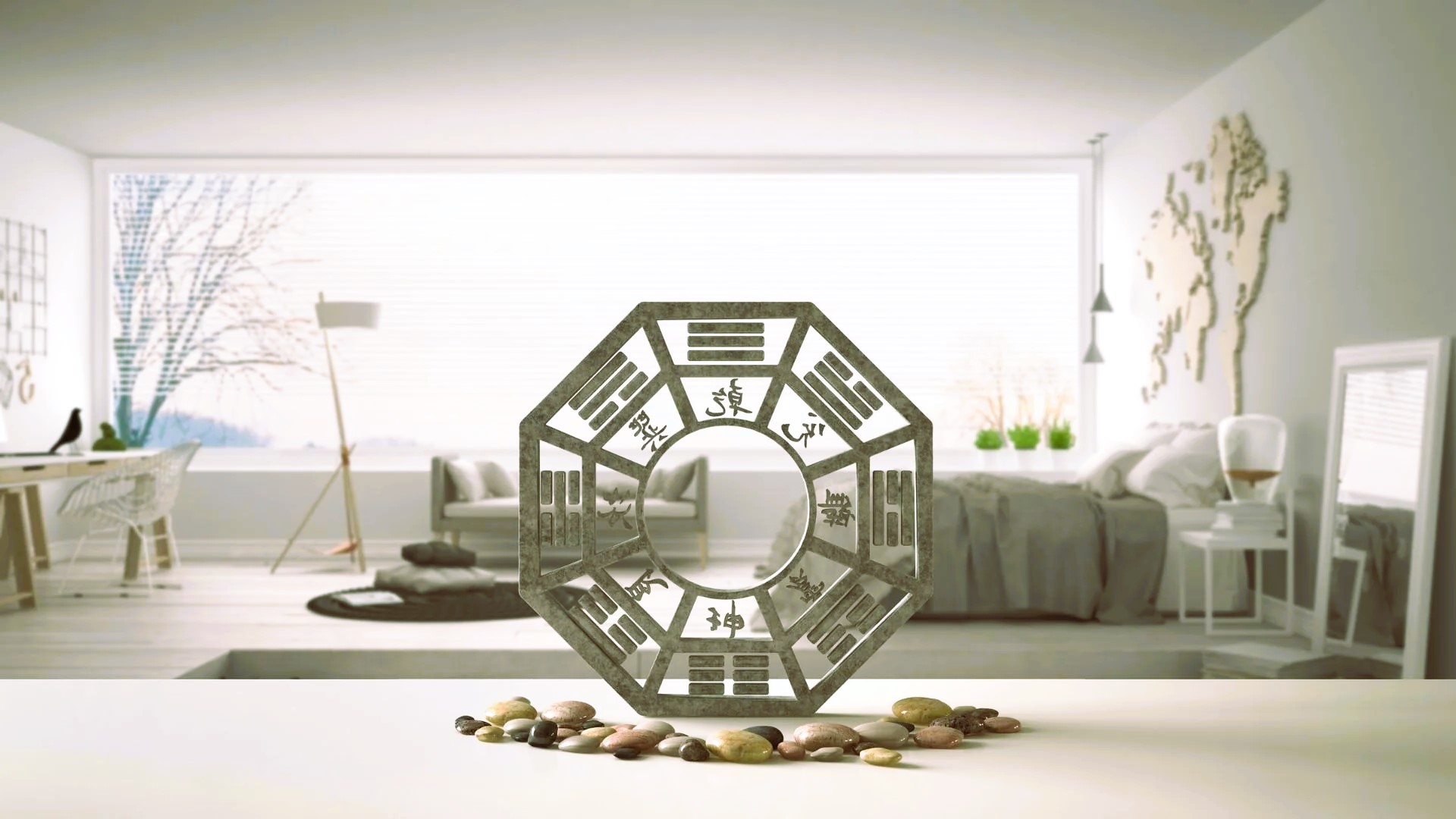In the ever-evolving world of interior design, the ancient Chinese practice of Feng Shui has stood the test of time, offering a holistic approach to creating harmonious living spaces. The principles of Feng Shui revolve around the balance of energy, or “chi,” within a space to promote well-being and prosperity. In this exploration, we’ll delve into how Feng Shui can be seamlessly integrated into modern design, bringing a sense of balance and positive energy to your home.
Understanding Feng Shui:
Feng Shui, translated as “wind-water” in English, is an ancient Chinese philosophy that dates back thousands of years. It is based on the belief that the arrangement and orientation of objects within a space can influence the flow of energy, or chi, and consequently affect the inhabitants’ health, happiness, and prosperity.
Key Principles of Feng Shui:
- Balance and Harmony: Feng Shui emphasizes the importance of achieving balance and harmony in all aspects of design. This involves the careful arrangement of furniture, colors, and decor to ensure a sense of equilibrium within a space.
- Five Elements: The five elements—wood, fire, earth, metal, and water—are fundamental in Feng Shui. Each element is associated with specific colors, shapes, and materials. Balancing these elements in a space is believed to promote positive energy flow.
- Bagua Map: The Bagua map is a tool used in Feng Shui to analyze the energy in different areas of a home. It divides the space into nine areas, each corresponding to a specific aspect of life, such as wealth, health, and relationships. Enhancing these areas can lead to a more harmonious life.
- Proper Furniture Placement: Feng Shui encourages mindful placement of furniture to promote a smooth flow of energy. Avoiding sharp angles and positioning furniture in a way that supports comfort and accessibility are essential principles.
- Decluttering and Organization: Keeping a space clutter-free is a central tenet of Feng Shui. Clutter is believed to disrupt the natural flow of energy and can create stress. Organizing and decluttering are seen as ways to invite positive energy into a home.
Integrating Feng Shui into Modern Design:

- Color Choices: In modern design, color plays a crucial role. Feng Shui suggests incorporating a balanced color palette that aligns with the five elements. For example, earthy tones represent the earth element, while shades of blue symbolize water.
- Natural Materials: Embrace natural materials in your design, such as wood, stone, and metal. These materials are not only aesthetically pleasing but also align with the principles of Feng Shui, connecting the space with the natural world.
- Balanced Lighting: Proper lighting is essential in Feng Shui. Ensure a balance of natural and artificial light in your home. Natural light promotes positive energy, while well-placed artificial lighting can enhance specific areas of the Bagua map. We have prepared tips on accessible design, more details at this link.
- Indoor Plants: Bringing nature indoors is a key aspect of Feng Shui. Incorporate indoor plants to improve air quality and create a connection with the outdoors. Choose plants with rounded leaves for a soft and calming effect.
- Mindful Furniture Arrangement: Pay attention to the arrangement of furniture to facilitate a smooth flow of energy. Avoid blocking pathways and create open spaces that allow energy to circulate freely.
- Reflective Surfaces: Mirrors are often used in Feng Shui to amplify light and energy. Strategically placing mirrors can enhance the sense of space and reflect positive energy throughout the room.
Standards and Guidelines:
To apply Feng Shui principles effectively, it’s valuable to understand the standards and guidelines associated with this ancient practice. Platforms like Wikipedia provide comprehensive insights into Feng Shui, its history, and its application in modern contexts. By referring to these sources, designers and homeowners can ensure a thoughtful and informed integration of Feng Shui into their living spaces.
Feng Shui in modern design is not about adhering to rigid rules but about creating a balanced and harmonious environment that supports well-being. By embracing the principles of balance, incorporating natural elements, and being mindful of energy flow, you can infuse your home with positive chi. Whether you’re looking to redesign your entire living space or make subtle adjustments, the ancient wisdom of Feng Shui offers a holistic approach to creating a home that nurtures both the physical and spiritual aspects of your life.
